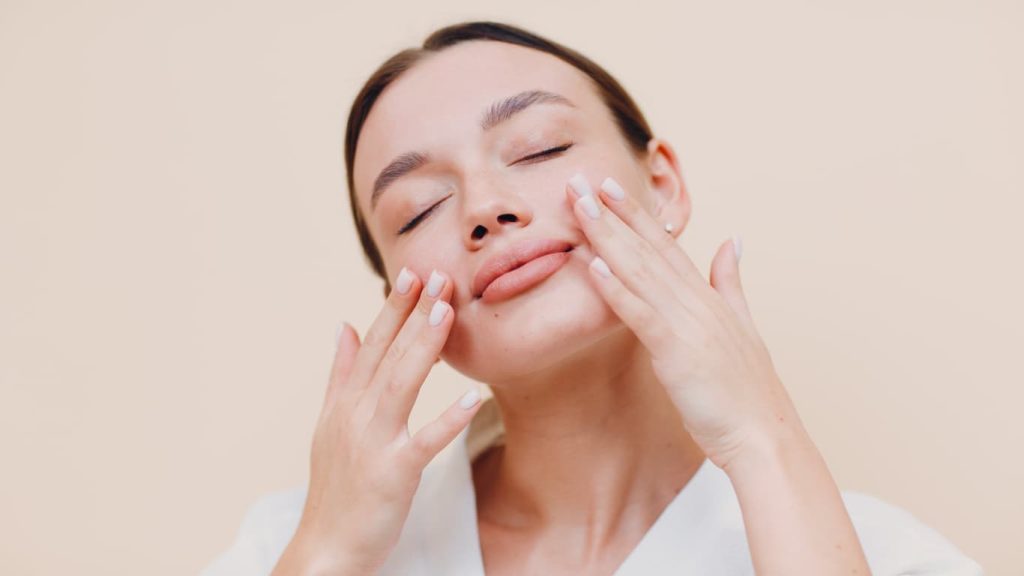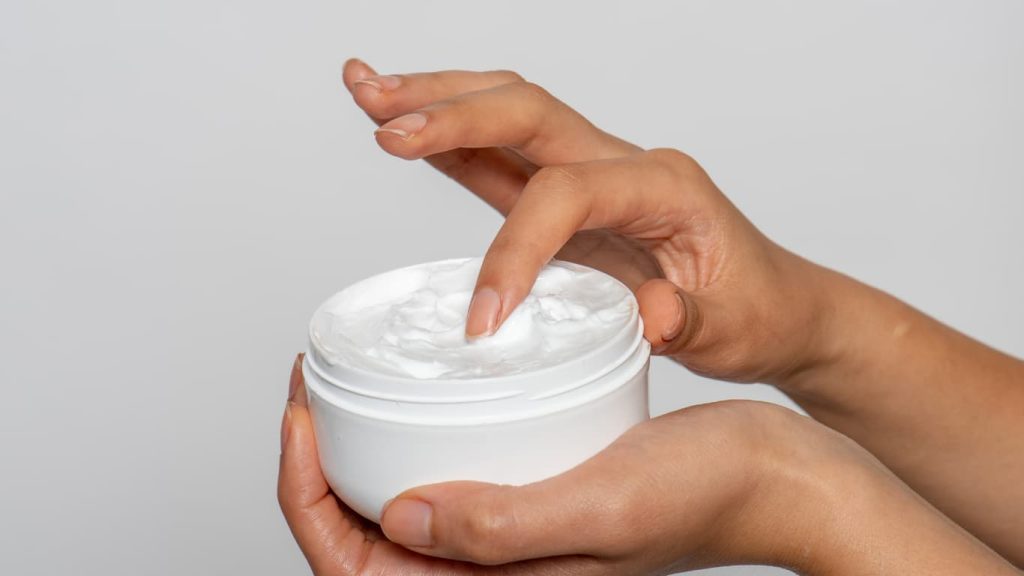Understanding the distinction between face cream and face moisturizer is key to achieving healthy, hydrated skin. Both are applied to nourish and shield the skin, but they are formulated and used differently. This article explores the differences to allow you to make informed choices for your skincare regimen.

What Is Face Moisturizer?
Face moisturizer is a gentle moisturizer that hydrates the skin and maintains it in equilibrium as much as moisture is involved. Moisturizers tend to be thicker in texture than face moisturizer so that they penetrate easily into the skin. They also tend to have water as one of the primary ingredients, which can offer hydration without making the skin heavy or greasy.
The primary role of a face moisturizer is to provide moisture to the skin in order to prevent dryness. They work best daily, especially for oily or combination skins. Common components of face moisturizers include hyaluronic acid, glycerin, and plant extracts that provide hydration and soothing effects.
Also, face moisturizers can contain additional ingredients like antioxidants and vitamins to protect the skin from environmental aggressors. Based on the form of the product, they can be used morning and night, which makes them easy to use for most skincare regimens.
What Is Face Cream?
Face cream is typically thicker and richer than a moisturizer. It is designed to provide more intense hydration and nutrition, so it is ideal for individuals with mature or dry skin types. The texture of the face cream varies from rich balm to lighter lotion, but its consistency is heavier than moisturizers.
Facial creams contain more emollients and occlusives, which lock in the moisture and create a barrier layer on the skin. Facial creams may contain ingredients like shea butter, ceramides, and oils like jojoba or argan. These components penetrate deep within the skin and help to improve the texture and elasticity of the skin.
Although use each day is attainable, face creams are at their best if used in the evening and there is time to absorb the treatment and hydration through the night when you sleep. That is one reason why it is such an excellent product for individuals looking to repair and regenerate their skin when sleeping.

Differences Between Face Moisturizer and Face Cream
The main differences between face moisturizer and face cream are their texture, consistency, and function. Face moisturizers are usually lighter, hydrating, and quickly absorbed, making them suitable for everyday use, especially for oily skin. Face creams are more rich and thick, providing stronger nourishment and protection, making them ideal for dry or mature skin.
Another significant difference is ingredients. Moisturizers will focus on hydration delivery, while creams will have nourishing ingredients that solve specific skin problems, such as anti-aging benefits or extreme moisture retention. Understanding these differences will help you choose the right product for your skin type and needs.
Choosing the Right Product for Your Skin Type
Selecting the appropriate product for your skin depends on a number of factors, including skin type, climate, and personal preference. For oily or combination skin, a light moisturizer is generally more beneficial. It moisturizes without adding extra oil or weight, which maintains the complexion in balance.
If your skin is sensitive or dry, a face cream may be a better option. The dense consistency will provide the extra moisture needed to combat flakiness and dryness. And if you live in an extremely dry climate or during the winter, you can use a face cream to create a shield against environmental irritants.
It’s also important to consider your age and specific skin concerns. If you’re looking for anti-aging benefits, many face creams contain ingredients aimed at reducing fine lines and improving skin texture. In contrast, if your primary concern is hydration, a face moisturizer may be sufficient.
How to Layer Moisturizer and Cream
For individuals wishing to reap the maximum benefits from both products, layering might prove to be an effective plan of action. Begin with the face moisturizer and apply it first to pre-hydrate the skin. This step will help get your skin primed to best absorb the more viscous cream. After allowing the moisturizer to set within your skin, proceed to add a face cream.
Layering is particularly helpful for dehydrated or dry skin. Putting a moisturizer on the skin initially makes water get drawn into the skin, and after that, the cream lays a barrier over it, holding in the moisture so that it doesn’t evaporate as fast. Layering is also helpful during the winter season when the skin tends to dry up quicker.
But do change the amount of product you use based on your skin. If layering is too much for you, you may choose one or the other, or switch between the two based on the time of year or your skin’s condition at the time.
Shared Ingredients in Face Moisturizers and Creams
Both moisturizing face creams and moisturizers for the face typically contain healthy ingredients meant to promote healthy skin. In moisturizers, look for moisturizing ingredients like hyaluronic acid, which can hold as much as 1,000 times its weight in water, and glycerin, which helps to pull moisture out of the air.
Face creams, on the other hand, can be more indulgent with ingredients such as shea butter or coconut oil, which are ideal for sealing in moisture. Ceramides are another favorite ingredient in most creams; they also strengthen the skin barrier and seal in moisture.
When picking products, always consider your skin type and concerns. What is good for one person may not be as good for another. Reading the labels and understanding what each ingredient will do for you can help you pick products that will do the most good for your skin.

When to Use Each Product
Choosing when to wear a moisturizer or face cream will be determined by your skin type and purpose. Face moisturizers are often appropriate for day wear because they moisturize without making the skin too heavy with makeup. They can also be a light, refreshing option for warmer weather.
Night creams, on the other hand, are usually suggested to be applied at night. Sleeping with a cream on gives your skin time to soak up the nourishing ingredients and moisture, which will result in a more rested look in the morning. Yet, if you have very dry skin or you reside in an arid climate, applying a cream during the day may be helpful as well.
Finally, trust your skin. If you feel that a moisturizer isn’t providing enough moisture, or your skin feels tight or parched, maybe it’s time to introduce a face cream to your routine.
Understanding the distinctions between face cream and face moisturizer is crucial in maintaining healthy skin. While both are applied to hydrate and nourish, they vary in formulation, texture, and function. Applying the correct product for your skin type and concern can help you achieve the best hydration and support your overall skincare goals.
Regardless of whether you use a light moisturizer every day or a stronger face cream for more in-depth treatment, the secret is to listen to what your skin is saying and rotate accordingly. That way, you can enjoy a healthy and radiant complexion.
